Last week, people of color mobilized on social media to spread awareness of the alarming number of black and brown young women currently considered “critically missing” in Washington, D.C.
The viral effort, along with sharing facts regarding the missing teens, encouraged others to question why cases about missing black women often go uncovered by the nightly news and other mainstream media sources. “As a society, we only pay attention when a particular type of woman goes missing,” artist Kenyatta A.C. Hinkle told The Huffington Post.
For years, Hinkle has used her artistic practice to explore black female bodies ― how they navigate multiple geographies simultaneously and how they react to the narratives and perceptions thrust upon them. Her current exhibition, titled “The Evanesced,” features 100 drawings, which Hinkle describes as “un-portraits,” evoking black women who have gone missing, whose bodies and lives have been erased.
The show has been on view at the California African American Museum since early March, before the recently heightened scrutiny over D.C.’s missing girls. But for Hinkle, the work’s timeliness is far from surprising. “It’s not a strange coincidence because this erasure happens every day, all over the nation,” she said. “It has been a state of emergency for a long time. It just depends on who is looking at it and who is talking about it.”
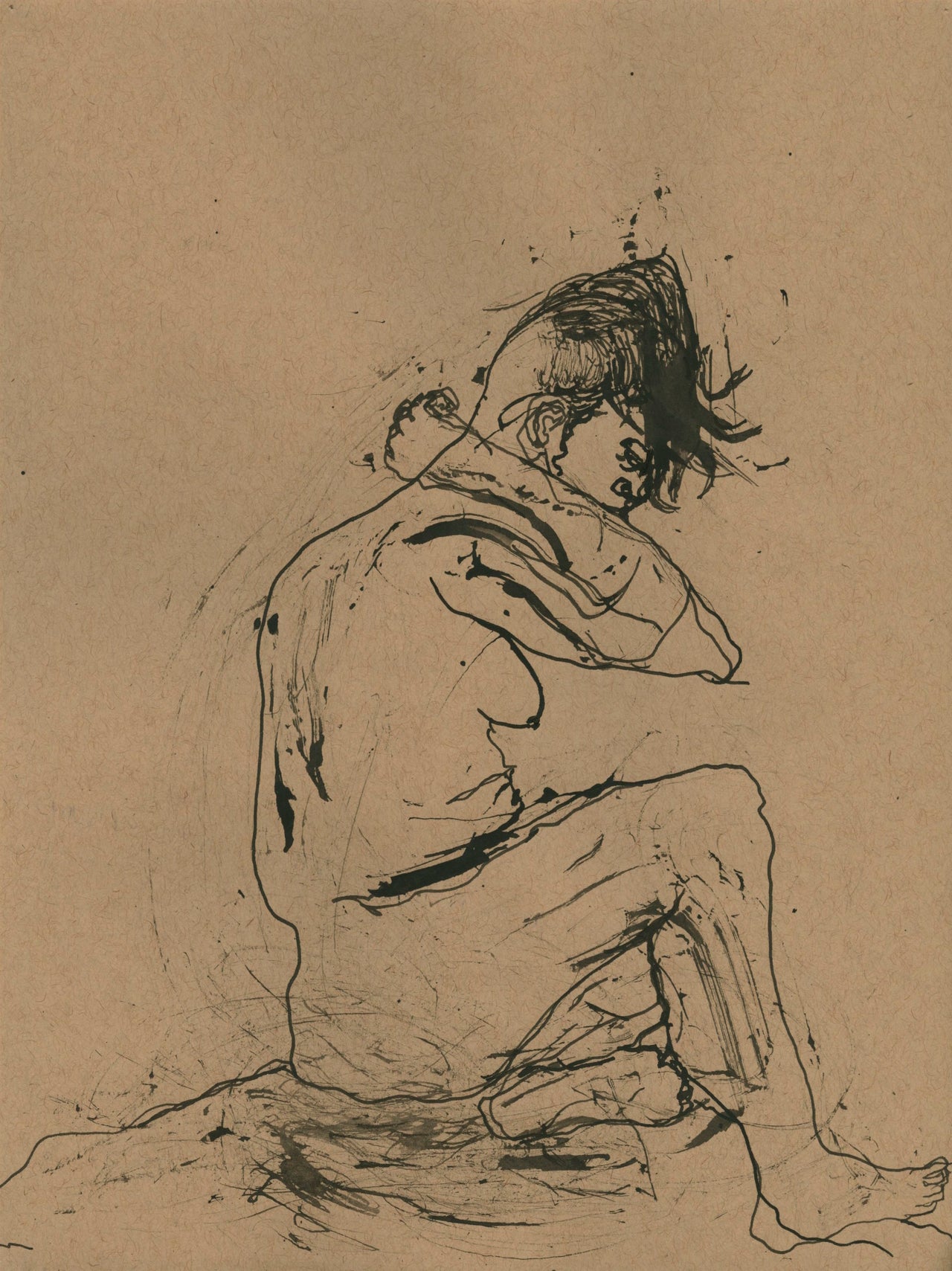
Before “The Evanesced,” Hinkle created a series called “The Uninvited,” based upon 19th-century photographs of West African women taken by French colonialists. The images depicted their subjects monolithically and aggressively, propelling myths of black women as hypersexual and primitive, coercing their bodies into poses that fit the fantasy.
Using intricate lines and watery clouds of color, Hinkle disrupted the colonialist narratives, transforming the photographed women into goddesses, monsters and hybrid creatures in between. The images simultaneously alluded to the violence being enacted within the photos while eclipsing it with power, beauty and wrath. “I could feel things from those photographs,” Hinkle said. “I’m an empath.”
The colonialist photos, which were printed on postcards and widely distributed throughout Europe, plainly communicate the degree to which men assumed ownership of and agency over black women’s bodies. Not much has changed, Hinkle believes, between the 19th century and today. “I have this mantra of looking at the historical present,” Hinkle said. “I’m always between these two places, where our past and present collide. If we don’t recognize our history, we’re constantly going to be in the residue of it.”

Hinkle began formulating her concept for “The Evanesced” after learning about the case of Lonnie Franklin Jr., also known as the “Grim Sleeper,” a serial killer convicted of killing at least 10 black women in the Los Angeles area between 1985 and 2007. “He amassed a private archive of almost 1,000 photos of women,” Hinkle said. “Police are still trying to identify what happened to them.”
Franklin’s photo trove triggered memories of the unnamed, unidentifiable black women depicted in the colonial postcards. “I started thinking about what it means to be erased in a contemporary context,” Hinkle said. “What does it mean to emerge from this kind of erasure?”
The deeper the artist dug into her research, the more horrific the findings were. Hinkle claimed that in 2010, 64,000 missing black women remained unfound, citing a number that made its rounds on the internet in the years since; she described the number as “unfathomable, sublime.” When her peers learned she was researching missing black women, they shared stories of other cases and names. The black female bodies kept piling up.
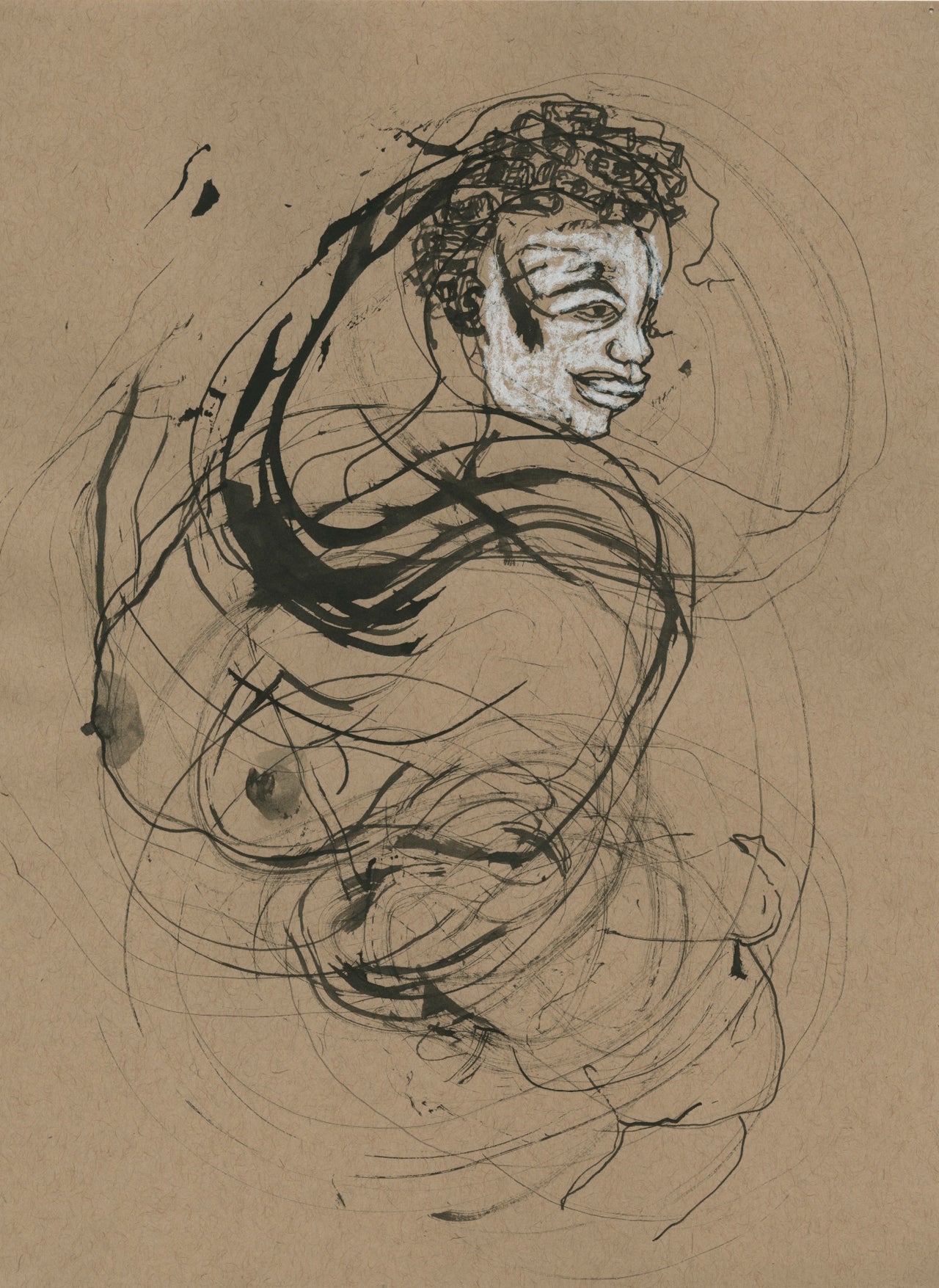
For Hinkle, “The Evanesced” is about more than the Grim Sleeper, or the missing D.C. girls, or any one person or case. As she put it: “If I draw these women, then what about the others?”
Additionally, the artist didn’t want to portray a real person, a real life ripped away, without doing the proper legwork. “I would want to spend time with the families and get to know them,” Hinkle said. “I am very critical of someone who comes into a community and makes work about it. I wouldn’t want someone to say, ‘That doesn’t look like Rachel.’ Then you are further erasing her.”
The sentiment rings especially true following the controversy surrounding Dana Schutz’s painting of Emmett Till’s open casket, currently on view at the Whitney Biennial. Schutz, who is white, has been accused by some artists and critics of erasing Till’s image by rendering it in paint, and exploiting black suffering by painting a story that is not her own. And even if Hinkle wanted to render portraits that were grounded in real life, the numbers are just too high. “Sixty-four thousand missing women,” she said, “there is no way I could make a picture of that.”
The drawings, then, don’t represent 100 actual missing women, but evoke what it means to be a black body erased. “It’s about this idea they are shrouded in erasure,” Hinkle said. “These cases, we don’t talk about them, or we focus on the killers. But these women, these presences, are more than that.”
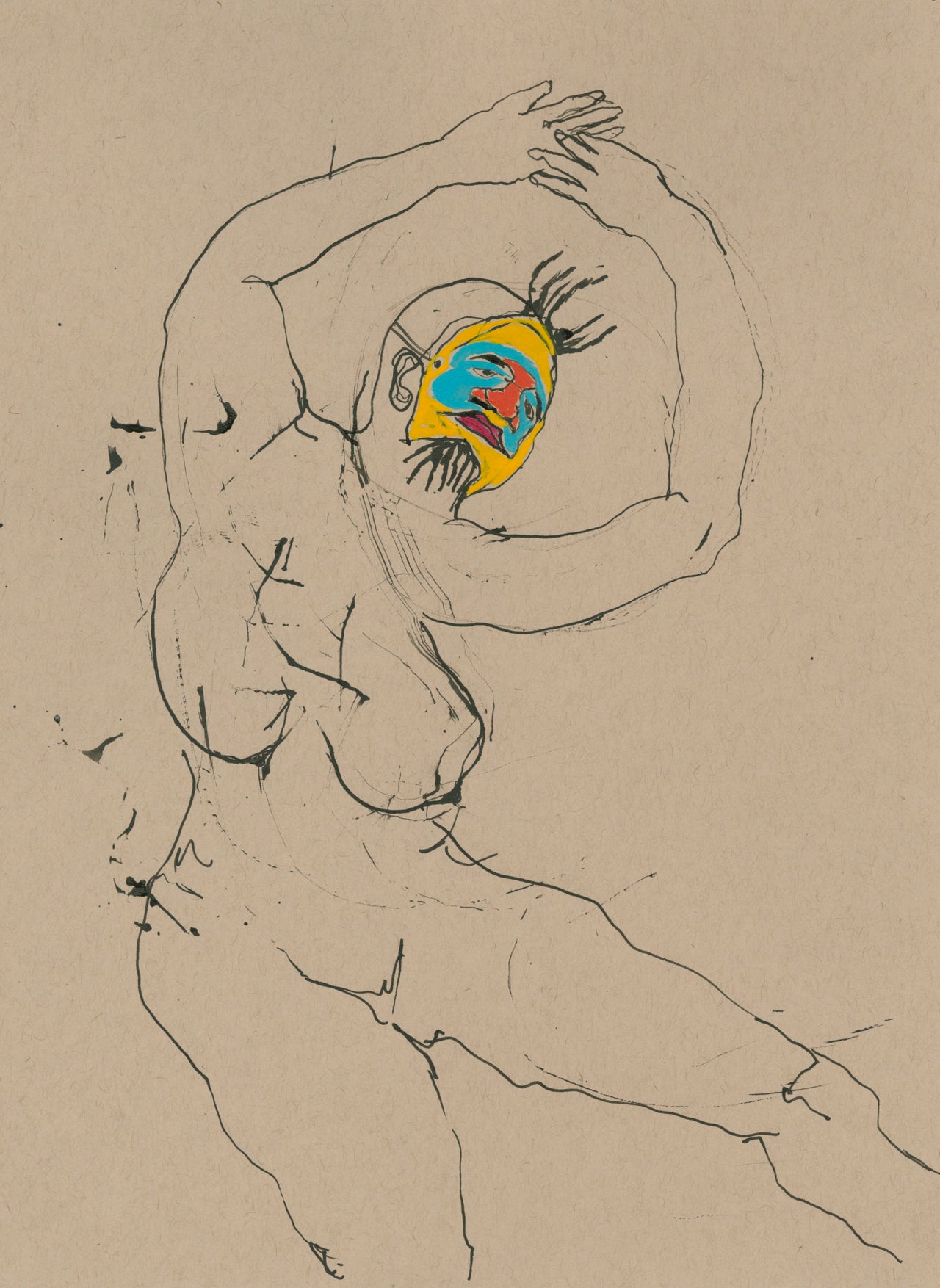
In her studio, Hinkle lined up pieces of blank, recycled paper. She then turned on music ― Billie Holiday, Sarah Vaughan and Kanye West’s “Life of Pablo” were favorites ― and began to dance.
Using India ink and a brush she fashioned from Spanish moss, Hinkle let her intuition guide her as she put marks on paper, dancing figures ― or as she called them, presences ― into being. “I wanted to make this kind of being that is flesh and not flesh,” Hinkle said. “Becoming and unbecoming, defined and not defined. There is this push and pull between both worlds.”
The gestural figures that emerged from Hinkle’s body and subconscious mind look like apparitions as much as real people, their trembling bodily outlines giving way to ink-stained abstraction. The black lines veer from fine and airy to coarse and wet, resembling rays of spirit from one angle, bodily scars from another. Some women dance, some braid hair, some curl up in a ball as if cowering in fear.
“I wanted there to be this gamut of expressions — joy, pain, love,” Hinkle said. “These imagined movements that can’t be contained.”
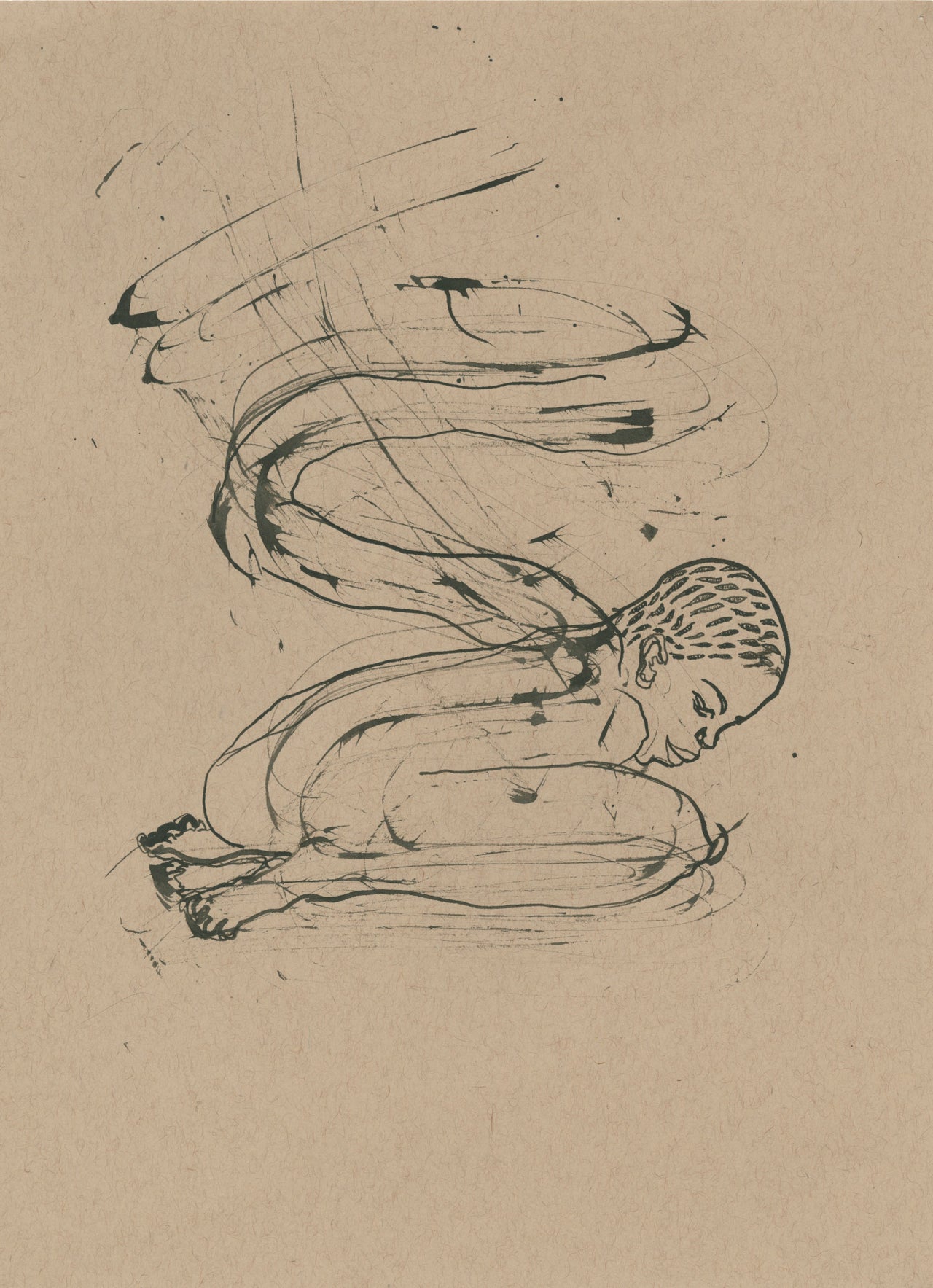
In his review for The Los Angeles Times, Christopher Knight likened Hinkle’s minimalist style to that of 20th-century Austrian artist Egon Schiele. The mythic woodcut prints of Alison Saar also come to mind, as do the ghostly drawings of Alina Szapocznikow.
Lined up in five rows of 20, the delicate drawings are devastating in their abundance, though they pale in comparison to the number of real women whose bodies have disappeared. “It’s kind of unfathomable,” Hinkle said. “The exhibition is about what I can never really grasp. For every woman there is a family, a mother and a father. For every image there is an infinity of erasure.”
On opening night, Hinkle watched as viewers entered the space, stopped short and sighed, as the weight of the work hit them. In the days since, black women have reached out to Hinkle on social media to let them know how much the work affected them. “People have told me about coming to the show and crying in the space,” she said. “That gives me chills because I’ve spent so many nights crying.”
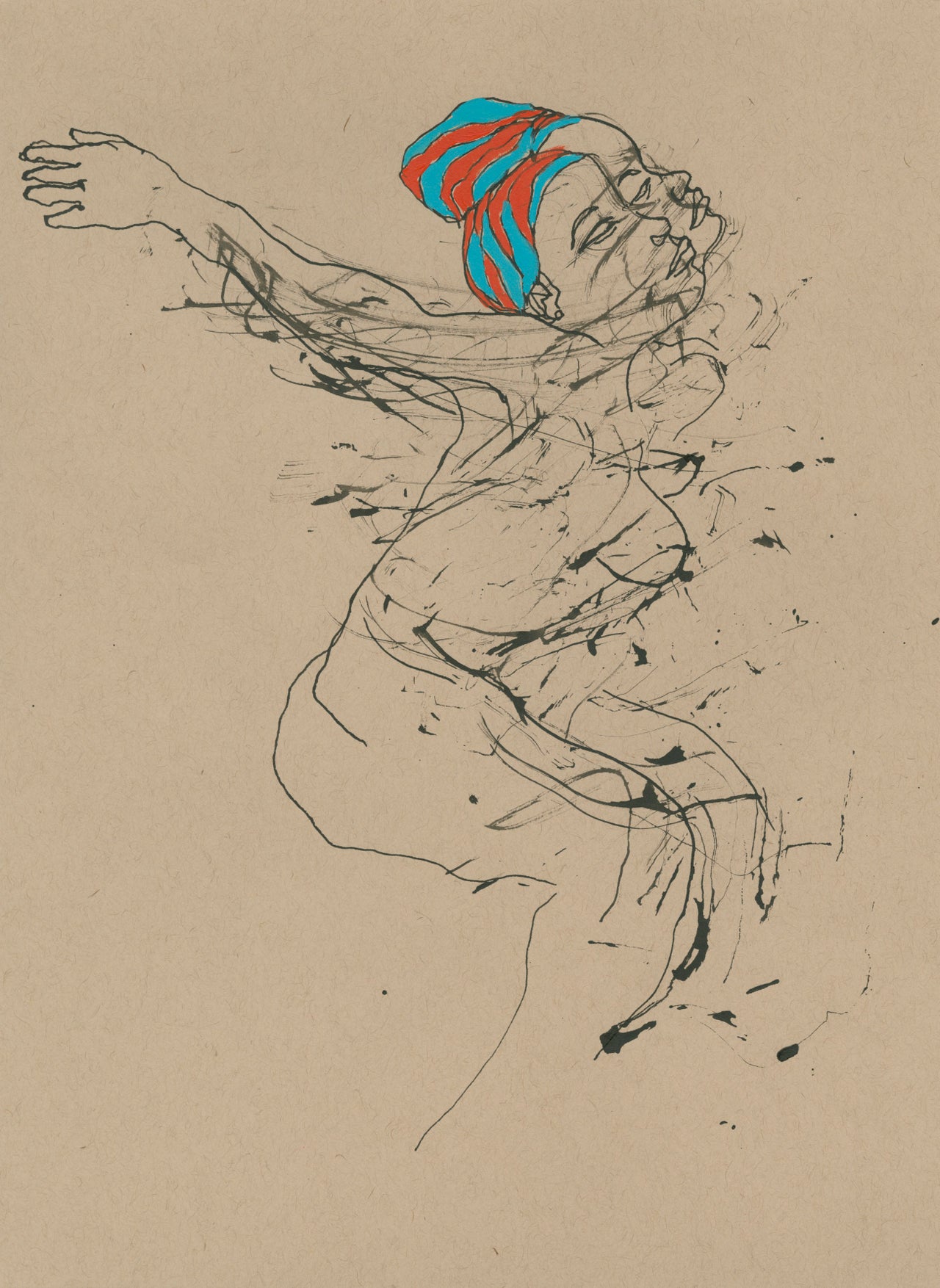
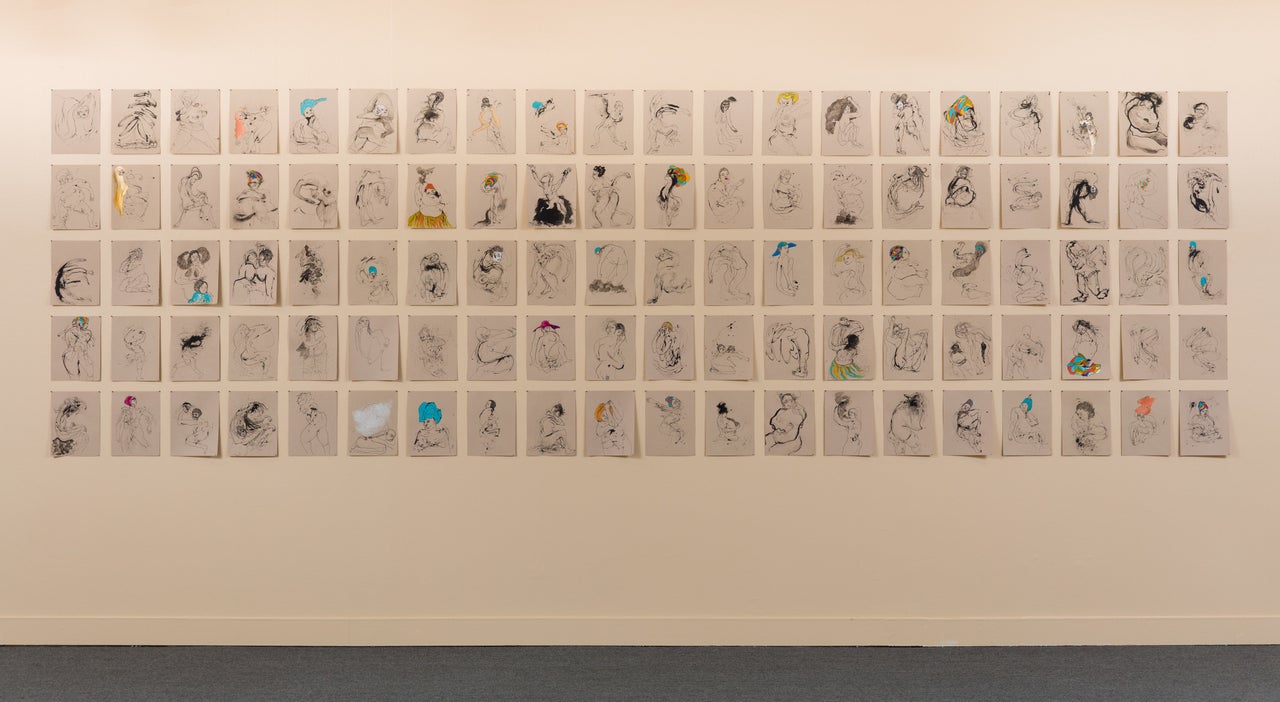
“Kenyatta A.C. Hinkle: The Evanesced,” curated by Naima J. Keith, runs at the California African American Museum until June 25.
Tina Fey, Alec Baldwin, Mahershala Ali, Amy Poehler and a whole host of other stars are teaming up for Stand for Rights: A Benefit for the ACLU. Join us at 7 p.m. Eastern on Friday, March 31 on Facebook Live.
You can support the ACLU right away. Text POWER to 20222 to give $10 to the ACLU. The ACLU will call you to explain other actions you can take to help. Visit www.hmgf.org/t for terms. #StandForRights2017
